Bamboo is one of the fastest-growing and most versatile plants on Earth. From construction and furniture to food and paper, it serves countless purposes. But beyond its industrial uses, bamboo shoots are also a popular edible delicacy—rich in nutrients, low in fat, and loved in Asian cuisines. Growing bamboo for edible shoots can be a profitable and sustainable venture, especially if you use modern agricultural techniques to boost yield and growth speed.
In this detailed guide, we’ll explore how to grow bamboo for fast bamboo shoot harvests using simple yet effective agricultural methods. Whether you’re a home gardener or an aspiring bamboo farmer, these insights will help you cultivate a thriving bamboo plantation that produces tender, market-ready shoots in record time.
Understanding Bamboo: The Basics
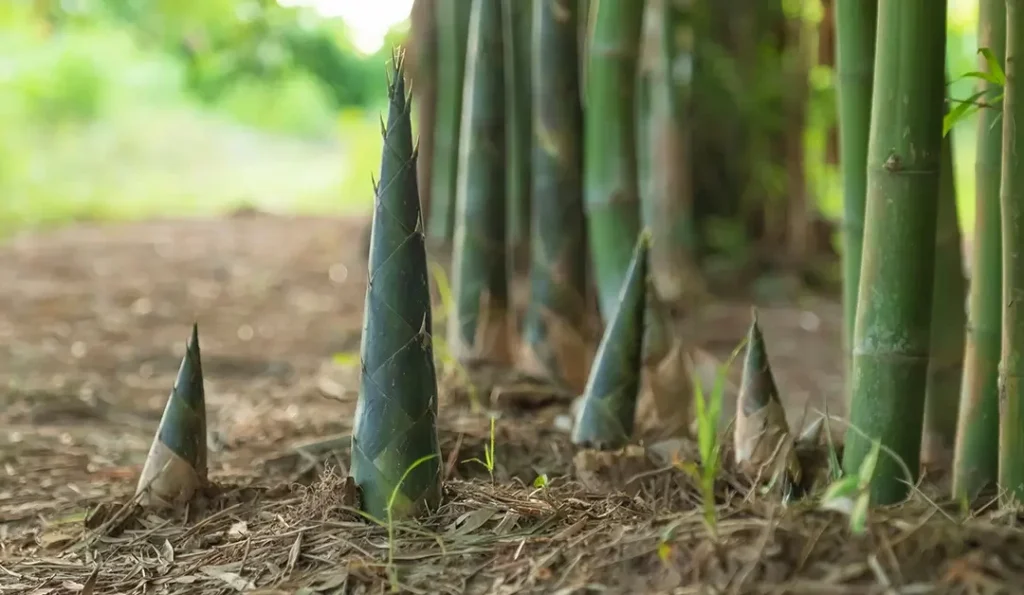
Before diving into growing techniques, it’s essential to understand bamboo’s nature. Bamboo is a type of perennial grass, not a tree. It grows from underground rhizomes that spread horizontally and produce new shoots vertically. These shoots can grow several feet in a single day under ideal conditions.
There are two main types of bamboo:
- Clumping Bamboo (Sympodial) – Grows in tight clusters and spreads slowly. Best for small gardens or controlled cultivation.
- Running Bamboo (Monopodial) – Spreads aggressively through long underground rhizomes and covers large areas quickly. Ideal for commercial cultivation of shoots and poles.
For edible shoot production, species like Bambusa vulgaris, Dendrocalamus asper, and Phyllostachys edulis (Moso bamboo) are widely preferred due to their fast growth and tender shoots.
Choosing the Right Bamboo Variety
Selecting the right bamboo variety depends on your climate, soil, and purpose. For fast-growing edible shoots, consider these top options:
- Bambusa vulgaris – A hardy species that grows quickly in tropical climates and produces large, tender shoots.
- Dendrocalamus asper – Known for its thick, edible shoots and high yield; popular in Southeast Asia.
- Phyllostachys edulis (Moso Bamboo) – Ideal for subtropical regions; valued both for timber and edible shoots.
- Bambusa balcooa – Excellent for commercial use, as it produces high biomass and edible shoots.
Choose disease-resistant varieties with good shoot quality, depending on your local climate.
Site Selection and Soil Preparation
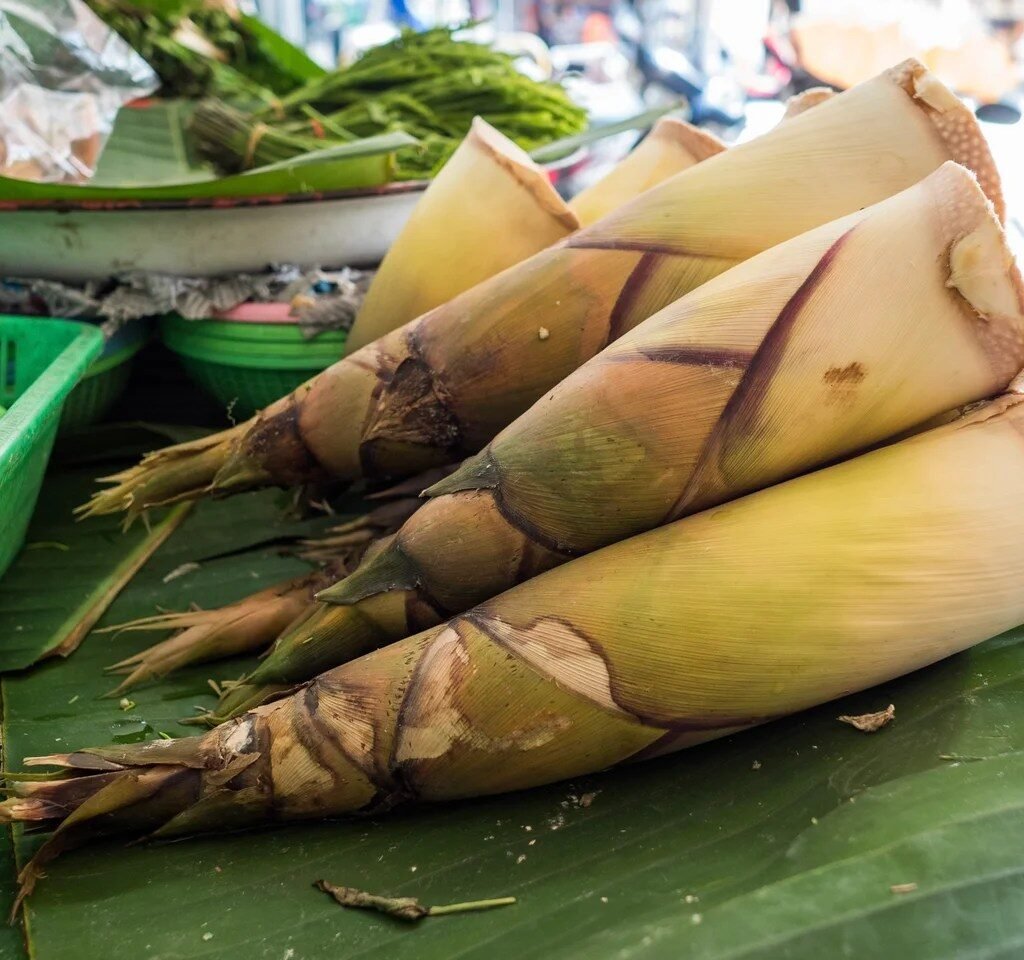
Bamboo thrives in sunny, well-drained, and nutrient-rich soil. Select a site that receives at least 6–8 hours of sunlight daily. Avoid waterlogged areas, as excessive moisture can rot the rhizomes.
Soil Preparation Steps:
- Clear the Area: Remove weeds, debris, and stones.
- Test the Soil: Bamboo prefers slightly acidic to neutral soil (pH 5.5–7).
- Add Organic Matter: Incorporate compost or well-rotted manure to improve fertility and soil texture.
- Loosen the Soil: Deep tilling helps aerate the soil and encourages root and rhizome growth.
A raised bed or gently sloping area ensures proper drainage and healthy root development.
Propagation: Planting Bamboo
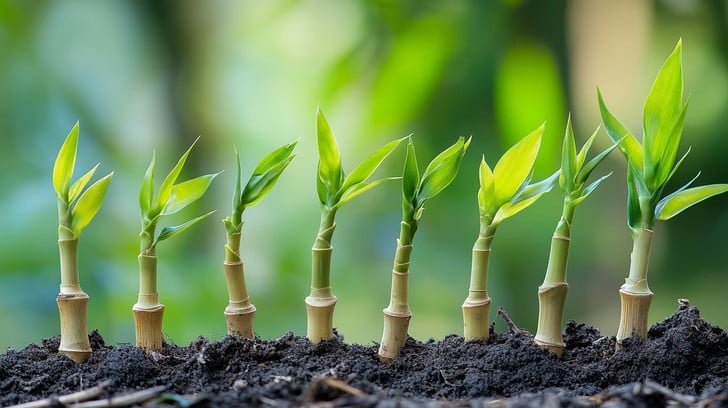
Bamboo can be propagated through seeds, cuttings, or rhizome divisions, but for faster growth and uniformity, rhizome planting or culm cuttings are preferred.
Planting Steps:
- Spacing: Maintain a spacing of about 5–8 feet (1.5–2.5 meters) between plants to allow adequate growth and air circulation.
- Dig Holes: Create holes 1.5–2 feet deep and wide enough for the rhizome or root ball.
- Add Compost: Mix organic manure or compost into the hole before planting.
- Planting Depth: Place the rhizome horizontally with buds facing upward and cover lightly with soil.
- Watering: Water immediately after planting to help the rhizomes settle and establish.
In large-scale cultivation, bamboo is often planted in rows to make harvesting easier and ensure uniform spacing.
Watering and Irrigation Techniques
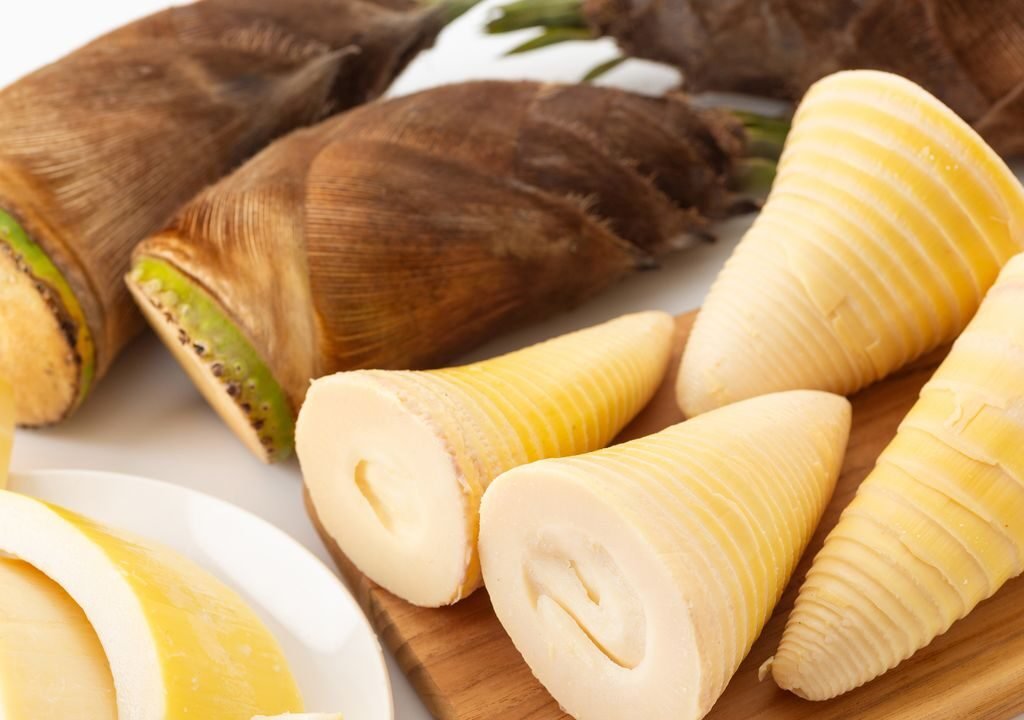
Bamboo loves moisture but dislikes standing water. Consistent irrigation is key to promoting rapid shoot growth.
- Early Stage (First 3–6 months): Water every 2–3 days to keep the soil moist.
- After Establishment: Once established, bamboo can tolerate short dry periods but will benefit from deep watering once or twice a week.
- Drip Irrigation System: For commercial plantations, using a drip irrigation system ensures efficient water use and delivers nutrients directly to the roots.
Avoid overwatering, especially in clay soils. Proper drainage is essential to prevent rhizome rot.
Fertilization for Fast Growth
To harvest bamboo shoots quickly, consistent feeding is crucial. Bamboo responds well to nitrogen-rich fertilizers that promote leaf and shoot development.
Recommended Fertilizer Plan:
- At Planting Time: Mix compost or organic manure into the soil.
- After 2–3 Months: Apply nitrogen fertilizer (such as urea or ammonium sulfate).
- Annual Feeding: Add a balanced NPK fertilizer (10-10-10 or 12-8-12) during the growing season.
- Organic Boosters: Use liquid seaweed extract, vermicompost tea, or farmyard manure to enhance soil fertility naturally.
Mulching with organic matter like straw, dried leaves, or bamboo leaves helps retain soil moisture and adds nutrients as it decomposes.
Managing Weeds and Pests

Weeds can compete for nutrients, slowing down bamboo growth. Regular weeding, especially during the early growth stage, is essential. Mulching helps suppress weeds naturally.
Common Pests:
- Bamboo borers and aphids can attack shoots and leaves.
- Termites may damage the culms and roots.
Control Methods:
- Use neem oil or organic insecticidal sprays.
- Encourage beneficial insects like ladybugs.
- Avoid chemical pesticides near edible shoots.
Maintaining healthy soil and moisture levels naturally prevents most pest problems.
Promoting Fast Bamboo Shoot Growth
If you want to harvest bamboo shoots quickly, focus on stimulating rhizome activity. Healthy rhizomes produce more shoots, which grow rapidly under optimal conditions.
Pro Tips for Faster Growth:
- Regular Watering: Keep the soil evenly moist but not soggy.
- Frequent Feeding: Apply organic fertilizers monthly during the growing season.
- Sunlight: Ensure full sun exposure for maximum photosynthesis.
- Mulching: Retains moisture and stabilizes soil temperature.
- Pruning: Remove old or damaged culms to encourage new shoot emergence.
With proper care, bamboo can produce harvestable shoots within 6–12 months after planting, depending on the variety and growing conditions.
Harvesting Bamboo Shoots
Bamboo shoots are usually ready for harvest when they reach 6–12 inches (15–30 cm) in height, before the outer sheath hardens.
Harvesting Process:
- Timing: Harvest in early morning or late evening when temperatures are cooler.
- Tools: Use a sharp knife or spade to cut the shoot from the base without damaging surrounding rhizomes.
- Handling: Gently remove soil and peel the outer layer before consumption or sale.
Regular harvesting encourages the plant to produce more shoots, leading to continuous yield throughout the growing season.
Post-Harvest Handling and Uses
Fresh bamboo shoots can be consumed immediately or processed for longer storage.
Post-Harvest Steps:
- Wash the shoots thoroughly.
- Remove the tough outer sheath.
- Boil or blanch before cooking to remove natural bitterness.
- For commercial sales, shoots can be vacuum-sealed, canned, or pickled.
Bamboo shoots are rich in fiber, potassium, and vitamins, making them a valuable health food. They’re widely used in stir-fries, soups, and curries, particularly in Asian cuisine.
Sustainable Bamboo Farming Practices
Bamboo is one of the most eco-friendly crops you can grow. It absorbs carbon dioxide, improves soil structure, and prevents erosion. To make your cultivation even more sustainable:
- Avoid synthetic chemicals and use organic fertilizers.
- Rotate bamboo with other crops to maintain soil health.
- Harvest selectively to allow continuous regrowth.
- Recycle bamboo waste into compost or mulch.
Sustainable farming not only protects the environment but also increases the long-term profitability of your bamboo plantation.
Final Thoughts
Growing bamboo for fast bamboo shoot harvests is a rewarding venture that combines modern agriculture technology with natural efficiency. With the right bamboo variety, good soil management, and consistent care, you can start harvesting tender shoots within a year.
Whether you’re cultivating bamboo for home use, small-scale sales, or commercial purposes, this resilient plant offers immense potential. By applying the easy and effective techniques shared above, you can enjoy fast-growing, high-yield bamboo shoots that benefit both your garden and your livelihood.

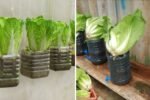
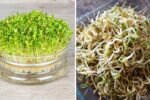
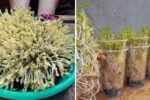
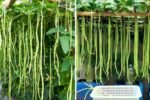

Leave A Comment